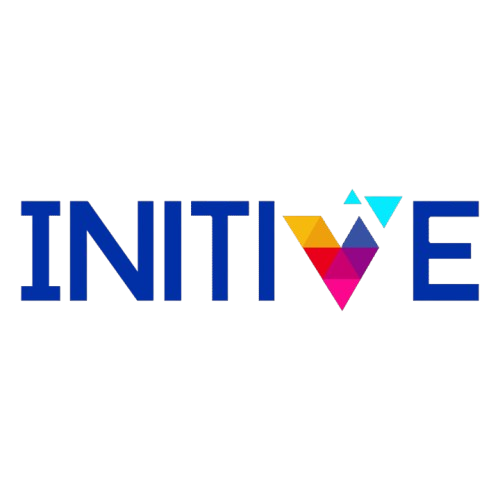In the ever-shifting business environment of today, traditional work models no longer meet the needs of modern organizations. CEOs, business owners, and department heads are increasingly turning to agile and flexible work practices to boost efficiency, improve collaboration, and attract top talent. But how do these work models differ, and how can they benefit your business? In this article, we’ll break down the differences between Agile, flexible, and hybrid work practices, highlight their key benefits, and offer practical insights on how to implement them effectively.
Deep into the differences between Agile-Flexible and Hybrid work models
Agile work, originally from the tech industry, has expanded across sectors due to its ability to foster innovation and adaptability. It uses short work cycles, or sprints, enabling teams to quickly iterate and adjust in real-time. With a focus on collaboration and flexibility, Agile helps teams respond rapidly to changing information and goals. For decision-makers and CEOs, this approach leads to faster time-to-market, drives innovation, and improves problem-solving. Agile’s continuous feedback and open communication ensure issues are promptly addressed, keeping business processes efficient and streamlined
Flexible work shifts the focus from team collaboration to individual autonomy, allowing employees to choose when and where they work. This approach enhances work-life balance, increases job satisfaction, lowers turnover, and boosts productivity as employees work during their most productive hours. However, it requires clear guidelines and trust to ensure tasks are completed effectively. For leadership, flexible work offers freedom while maintaining accountability, resulting in a happier, more productive workforce.
Hybrid work blends Agile and flexible models, allowing employees to work both remotely and in-office while maintaining collaboration and regular feedback. It offers the flexibility employees desire without losing the benefits of in-person interaction and problem-solving. This approach is appealing to decision-makers who want to maintain team cohesion and innovation while giving employees freedom in where and when they work. It’s an ideal solution for businesses adapting to modern workforce needs while ensuring strong performance and results.
Implementing Agile, flexible, or hybrid work models helps businesses foster efficiency, innovation, and satisfaction. Agile promotes adaptability and fast decision-making, flexible work offers employees autonomy over their schedules, and hybrid work balances collaboration with independence. Each model has distinct benefits, and when integrated effectively, they can significantly boost productivity and enhance company culture.
Case study: Implementing different work modalities in Human Resources
Let’s look at the Human Resources (HR) department to see how these models can work together. HR can apply Agile methods to recruitment by breaking the hiring process into sprints. Each sprint could focus on a different stage of recruitment: screening candidates, scheduling interviews, and onboarding new hires. The use of Agile here allows HR to be more adaptable to changes in candidate availability or market shifts.
Meanwhile, HR team members may work flexibly, choosing to handle paperwork or interviews remotely. They can manage tasks at their convenience while ensuring deadlines are met. Finally, in a hybrid model, HR can coordinate team meetings in person or virtually, ensuring that everyone is aligned while still benefiting from the flexibility of remote work.
How monitoring and managing these three modalities?
To effectively manage Agile, flexible, and hybrid work models, HR departments can utilize AI-powered tools tailored to each approach. For Agile work, AI-driven project management software helps track progress, organize sprints, and ensure smooth team collaboration. In flexible work models, AI tools that monitor productivity can help track employees’ output without micromanaging, allowing for a balance between autonomy and accountability. In hybrid work environments, AI-powered communication platforms can facilitate ongoing collaboration between in-office and remote employees, ensuring seamless engagement and that no team member is left out of critical discussions.
How AI tools can support Agile, flexible, and hybrid work?
In Agile work, AI-driven analytics can predict project bottlenecks and recommend process improvements, ensuring smoother workflows and quicker adaptability. For flexible work, AI tools that monitor productivity patterns help leaders optimize employee schedules, maximizing efficiency while maintaining autonomy. In hybrid models, AI-based scheduling software can seamlessly organize in-office days, ensuring balanced attendance and enhanced collaboration, all while maintaining overall productivity across remote and in-office teams.
For CEOs, business owners, and department heads, embracing Agile, flexible, and hybrid work practices isn’t just about following a trend—it’s about creating a dynamic, efficient, and employee-focused work environment
To ensure success, equip your teams with AI tools that help monitor productivity, track progress, and facilitate communication. The future of work is not only flexible—it’s intelligent, collaborative, and driven by data.
Start the journey with Initive and explore in our platform the wide range of AI tools to Agile your different work models. Now is the time to embrace it!


Comments